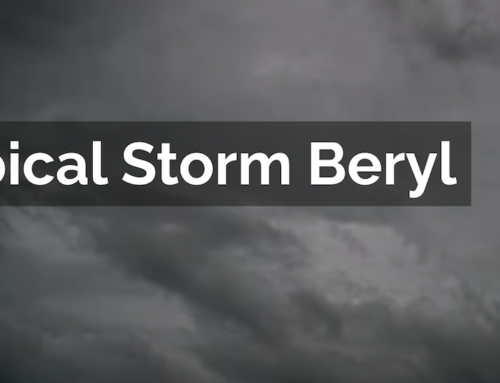While Tactical Emergency Medical Support (TEMS) and traditional Emergency Medical Services (EMS) may seem the same, they are very different in their mission and training requirements. Most of us are familiar with the normal daily services that our local EMS agencies provide and have some idea of their role in large-scale emergencies and disasters. TEMS teams are tactical teams that may include paramedics, nurses, and doctors. TEMS team members must have specialized tactical training in addition to their emergency medical training.
The TEMS concept evolved from military combat medics. TEMS teams are most often embedded in law enforcement tactical teams such as Special Weapons and Tactics (SWAT) teams. TEMS is often involved in high-risk law enforcement operations such as tactical law enforcement operations, active shooter incidents, bombings, and natural disasters. The team is tasked with providing for the health and well-being of the team they are embedded with and the safe extraction and emergency medical treatment of victims. Utilizing the rapid and remote assessment methodology (RRAM), the team quickly assesses the situation and determines the best way to provide care for victims while keeping the risk to the team members low.
Given the complicated nature of the events these teams respond to, preparation and planning are extremely important. The team must continually plan, prepare, train, exercise the plan, reevaluate the plan, and update the plan as needed. They must stay in a continuous state of readiness to respond to unknown emergencies such as an active shooter incident or a bombing. TEMS teams must be prepared to support tactical law enforcement operations for known events of all types. Both known and unknown incidents can come in any size, from simple small-scale operations to complex, large-scale events. The team has a great deal of responsibility when it comes to preplanning for events such as music festivals or political rallies—keeping in mind that not only does the team need a plan to deal with the needs of those attending an event, but those responsible for hosting the event as well. This responsibility is on top of the responsibility the team has for the safety and wellbeing of the team they are embedded with. If that already sounds complicated, consider the complexities of planning for a large-scale event where large numbers of individuals are expected to gather.
Several things need to be considered when planning for large events. Weather is, of course, a large factor, particularly for outdoor events. High winds, hail, lightning, and extreme heat all have the potential to cause injury or death. The team must consider the timing of the event. What time of year will the event occur, and how long is the event? Is it a one-day event lasting a few hours, or is it a three-day music festival? Another important consideration is the location of the event. The team must assess the location for multiple reasons. The team will need to plan for the strategic placement of their resources during the event. Given that health and safety are a consideration for the team, they must assess the location for all potential hazards that could impact the event. Things such as a nearby chemical plant or nearby highway that hazardous materials are transported on could potentially create an issue and must be planned for. The team must consider safe evacuation of the area in the event of a hazardous materials spill or an approaching wildfire. Other things that might be considered are the average ages of attendees, whether or not alcohol be served at the event, or if there is potential for drug use or violence related to the event.
A TEMS team will need to consider many other factors when preplanning for these large-scale events. The community’s response capabilities and communications methods utilized must be considered. Will the community need to request additional resources or assistance from other communities? What about community requirements? Some communities have existing requirements in place to guide a team’s decisions as to how to prepare for an event. Some communities have a permitting process for large events that will provide a great deal of information for responders and the community to assist in the planning. Some permits or community regulations require the event’s promoters to participate in the preplanning process with community representatives and responders.
If all this seems like a lot to consider, you should know that this article only scratches the surface of planning considerations for large events. The good news is that the TEMS team will not be alone at the planning table. They will be part of a planning team that will include emergency management, firefighters, law enforcement, community representatives, and local health officials, just to name a few.
.
About Raffaele M. Di Giorgio
Raffaele Di Giorgio is a former U.S. Military Member and Law Enforcement Officer with over 30 years of protective government operations, medical services, and civilian law enforcement experience.
Mr. Di Giorgio is responsible for providing strategic information to assist Peeler Group International’s clients in making ‘Intelligence Based Decisions’ in mitigating their global risks.





